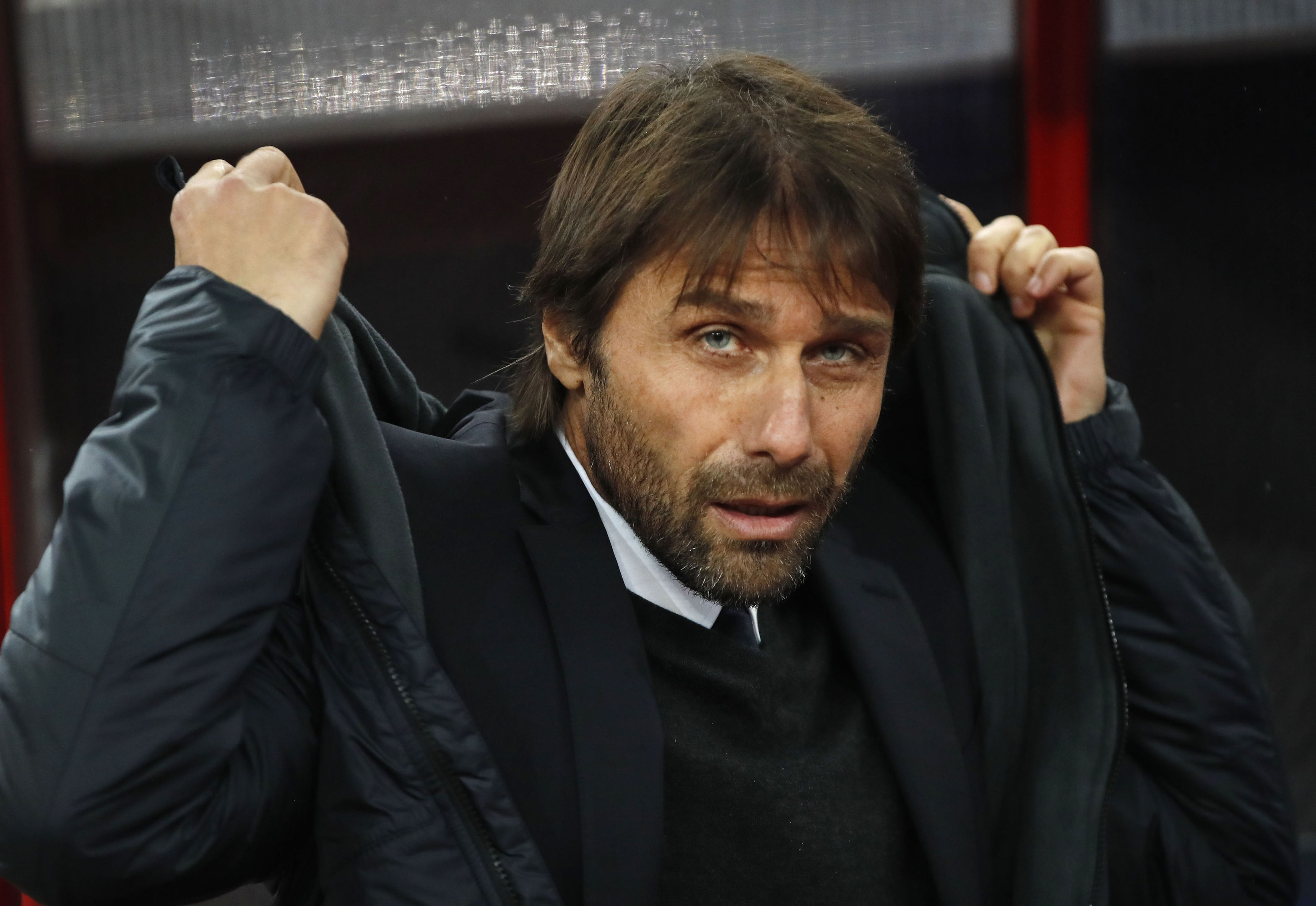
CHELSEA have the second-worst record when it comes to the effectiveness of their January transfer window signings, according to new research.
They are second only to Watford, who spent a whopping £27.05 million for each goal.
The research from BetBonusCode.org looked into which January signings have had the biggest impact on the Premier League in the last five years and gives clear evidence that expecting immediate goals from a winter window signing may be wishful thinking.
Completing the top three is Arsenal with a £25 million cost-per-goal ratio, whilst Manchester United (£9,413,333) and West Ham (£7,950,000) are fourth and fifth respectively.
At the other end of the table, Newcastle are the savviest Premier League spenders, paying less than £2 million for each goal from their January transfers, who have notched up an impressive 19 goals between them.
Standout Signings
The research also came up with a number of other fascinating findings, including which players have performed best immediately after signing.
The most effective striker acquired in the January over the past six seasons was Papiss Cissé for Newcastle, who joined for £12 million in 2012 and immediately delivered 13 goals that season, just pipping Everton’s signing of Nikica Jelavić from Rangers in 2011/12 and Gabriel Jesus joining Manchester City last January.
In terms of best value midfield January move, that honour goes to Crystal Palace’s Jason Puncheon, whose 2014 transfer to Crystal Palace led to four goals and one assist that season, at an average cost of £440,000, whilst his team mate Scott Dann is the best defensive winter signing after delivering five clean sheets in 2013/14.
January Blues
However, January transfers are not always so effective; Premier League clubs have wasted nearly £30 million over the past five years on players who never even set foot on the pitch that season. Chelsea top the list with their 2012 acquisition of Lucas Piazon for £7.5 million and who didn’t play a single minute that year.

Enjoy the convenience of having The Sunday Post delivered as a digital ePaper straight to your smartphone, tablet or computer.
Subscribe for only £5.49 a month and enjoy all the benefits of the printed paper as a digital replica.
Subscribe